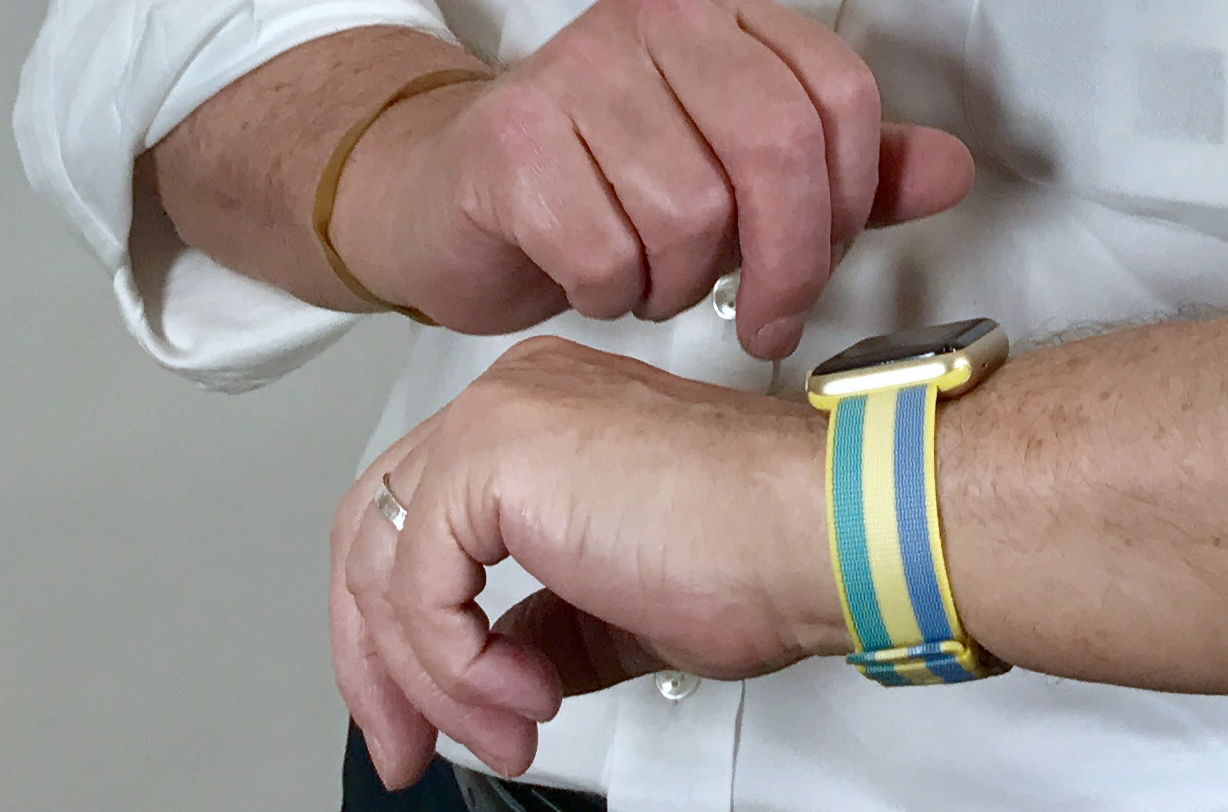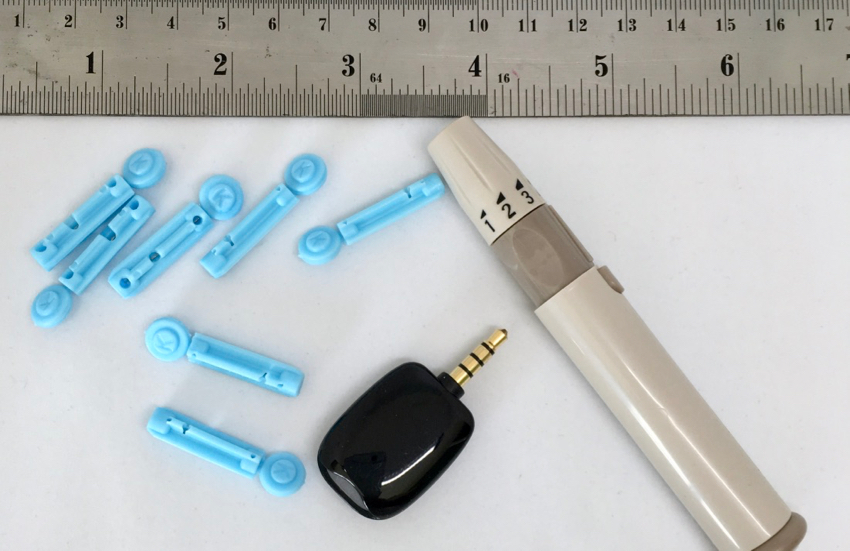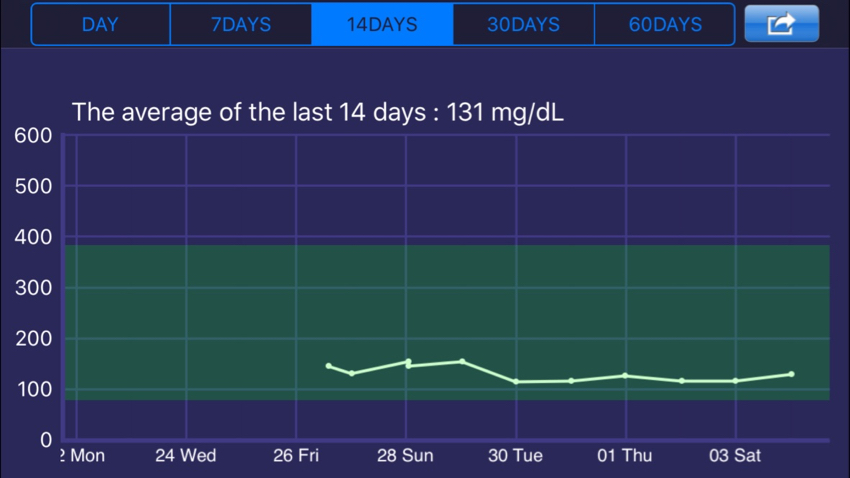Blue Light Solutions for Blood-Glucose Monitoring - Perplexing Questions

eXtensions - Friday 2 June 2017
|
Blue Light Solutions for Blood-Glucose Monitoring - Perplexing Questions |
 |
|
|
By Graham K. Rogers
IntroductionSeveral hundred million people round the world suffer from diabetes and the number is likely to double in the near future. Those who suffer from Type 2 diabetes need to check glucose levels in the blood regularly, while Type 1 sufferers need to monitor almost constantly. Up to now, this has involved invasive methods, usually drawing blood and checking that with a device. Lancets and other devices used need to be sterile. If the monitoring were done by non-invasive means, this would reduce risk from infection and allow sufferers to be more mobile: not shackled to their current testing regimes.I am grateful to my colleagues at the Faculty of Engineering, Mahidol University, who have guided me through my examination of the questions here, particularly Dr Phornphop Naiyanetr (Bio-medical engineering), Dr. Aranee Panganard (Electrical Engineering) and Dr. Surachoke Thanapitak.
Blood-glucose monitoringThere has been some excitement of late concerning possible developments from Apple regarding non-invasive detection of blood-glucose levels, perhaps using the Apple Watch. Tim Cook was reported to be wearing a special version of the Watch that is being tested for this purpose, although it is not known if the detection system works with the Apple Watch itself, a specially developed watchband or is a separate accessory. As part of the rumour, an idea being floated is that the detection method uses blue light.When the Apple Watch first came into my hands, I was fascinated with its ability to check my heart rate using green light. We were told by Apple that green was chosen because it contrasts with the red of blood and so makes detection easy. It turns out that not only is the heart rate detection fairly accurate, but that data from the watch can be used as a way to discover certain heart problems, such as arrhythmia. A recent survey conducted by the developer of the Cardiogram app using Apple's ResearchKit, found a high level of accuracy in making predictions.
A survey conducted by Stanford and published late last month found that the Apple Watch achieved the lowest overall error in both heart rate and energy expenditure, but was less accurate with exercise time and calorie expenditure (Journal of Personalized Medicine), so there is room for improvement in these areas.

As part of an earlier look at measurement devices I acquired a GMate blood monitor that works with the iPhone, but not directly with Apple's HealthKit. Every morning for a week, I pierced my finger with a lancet and placed a drop of blood on a test strip. This was inserted into a monitor which connected to the iPhone through the 3.5mm headphone jack (this works with the latest iPhones and Apple's Lightning to 3.5mm connector). An app would then calculate the levels of glucose in my blood.

The system provides a certain amount of freedom to users which they would not otherwise have with frequent home monitoring - those with Type 1 diabetes need to monitor far more frequently than my once-a-day trial - but they are stuck with the inconvenient and unaesthetic solution of a probe inserted under the skin. As was pointed out to me when I asked about this, the alternatives are much worse. There has been a certain amount of research into systems that are non-invasive, with the use of the invisible spectrum (infrared and radio), but these require a certain level of complexity (and expense) to provide accurate and user-friendly monitoring.

Non-invasive approachesIn a proof of concept article from 2013 (EDN Network), Masab Ahmad, et al outline the use of near-infrared as a possible solution to measuring a number of parameters using the NIR light passing through the earlobe. There is also the Glucowise monitor which is under development and testing. This uses low power radio transmissions sent through the soft skin between the thumb and forefinger or the earlobe. A mobile app is being developed and this should integrate with health apps.Both of these potential solutions use transmissions at (or past) the red end of the spectrum, while the blue light solution that Apple is rumoured to be developing is at the opposite end. Further along the spectrum from blue is ultra-violet which would be totally unsuitable for safety reasons. However, blue light has a wavelength slightly higher than green, which the Apple Watch already uses for measuring heart rate. Roughly, blue light is above 500nM and green light below this level. In an article examining different laser light levels in glucose monitoring, H. Ali, F. Bensaali and F. Jaber write that "The highest absorbance is of NIR of wavelengths from 700 nm to 1000 nm making it the least suitable for BGM [blood glucose monitoring] applications", adding that 650 nm is an ideal choice for BGM: red light. Note that, by starting at 500nm, blue light was not considered at all. The end purpose that Apple has under development is not known. It could be a monitor to detect changes in blood chemistry after exercise and eating, or have a semi-diagnostic intention that would help diabetics to monitor blood-glucose levels, in which case FDA approval would be needed. If the device were for the latter purpose, it would be in Apple's interests for it to be developed by a 3rd party as an accessory for the Watch (or, less likely, the iPhone). A third-party accessory or other hardware solution would not need Apple to go through FDA processes which would delay any updates to the Watch. Apple has already inferred that it does not want its devices to be shackled by such processes. If the purpose were for performance monitoring, such FDA approval would not be needed. The device, whether a strap, an accessory, or incorporated into the LEDs of the Apple Watch, would be easier to make and use. It has been known for a while about the potential of OLED sensors and Patently Apple mentions this in relation to some of the experts that Apple has recruited.
CommentsI am somewhat perplexed by the speculation and rumors about blue light as a solution (as are my colleagues), when all of the research and development I have found point to near-infrared light and the radio spectrum for potential monitoring methods. This lack of information about blue light is also shown in articles from Patently Apple specifically commenting on the development of a blood-glucose monitoring system. However, continuing research in the areas of such monitoring (e.g. fluorescence) indicate that with the right approach, other solutions could be possible, but no one seems to suggest that blue is the colour to use.Some of the answers depend on the final use or intention of such a monitoring device, and on its developer (whether Apple or 3rd party). With the World Wide Developers Conference beginning on Monday (5 June) in San Jose, answers may come then. Using certain colours of light has been shown to have potential for blood-glucose monitoring. Until the information is confirmed (or otherwise), on the question of blue light I am left scratching my head.
See also:Secret Apple Team Closing in on Diabetes Testing Breakthrough using an Apple Watch. Patently Apple.Anna Shcherbina et al. Accuracy in Wrist-Worn, Sensor-Based Measurements of Heart Rate and Energy Expenditure in a Diverse Cohort. Journal of Personalized Medicine. Apple Drops Some Apple Watch Health Sensors ahead of Launch. Patently Apple. H. Ali, F. Bensaali and F. Jaber. Novel Approach to Non-Invasive Blood Glucose Monitoring based on Transmittance and Refraction of Visible Laser Light. IEEE Transactions on Magnetics. [No URL at this time] New Technology Surfaces that Could Assist Apple's Wearable Computer Project Patently Apple. Hui-Chen Wanga, An-Rong Lee. Recent developments in blood glucose sensors. Journal of Food and Drug Analysis. Masab Ahmad et al. Non-invasive blood glucose monitoring using near-infrared spectroscopy. EDN Network. David C. Klonoff. Overview of Fluorescence Glucose Sensing: A Technology with a Bright Future. Journal of Diabetes Science and Technology
Graham K. Rogers teaches at the Faculty of Engineering, Mahidol University in Thailand. He wrote in the Bangkok Post, Database supplement on IT subjects. For the last seven years of Database he wrote a column on Apple and Macs. After 3 years writing a column in the Life supplement, he is now no longer associated with the Bangkok Post. He can be followed on Twitter (@extensions_th) |
|

For further information, e-mail to
Back to
eXtensions
Back to
Home Page